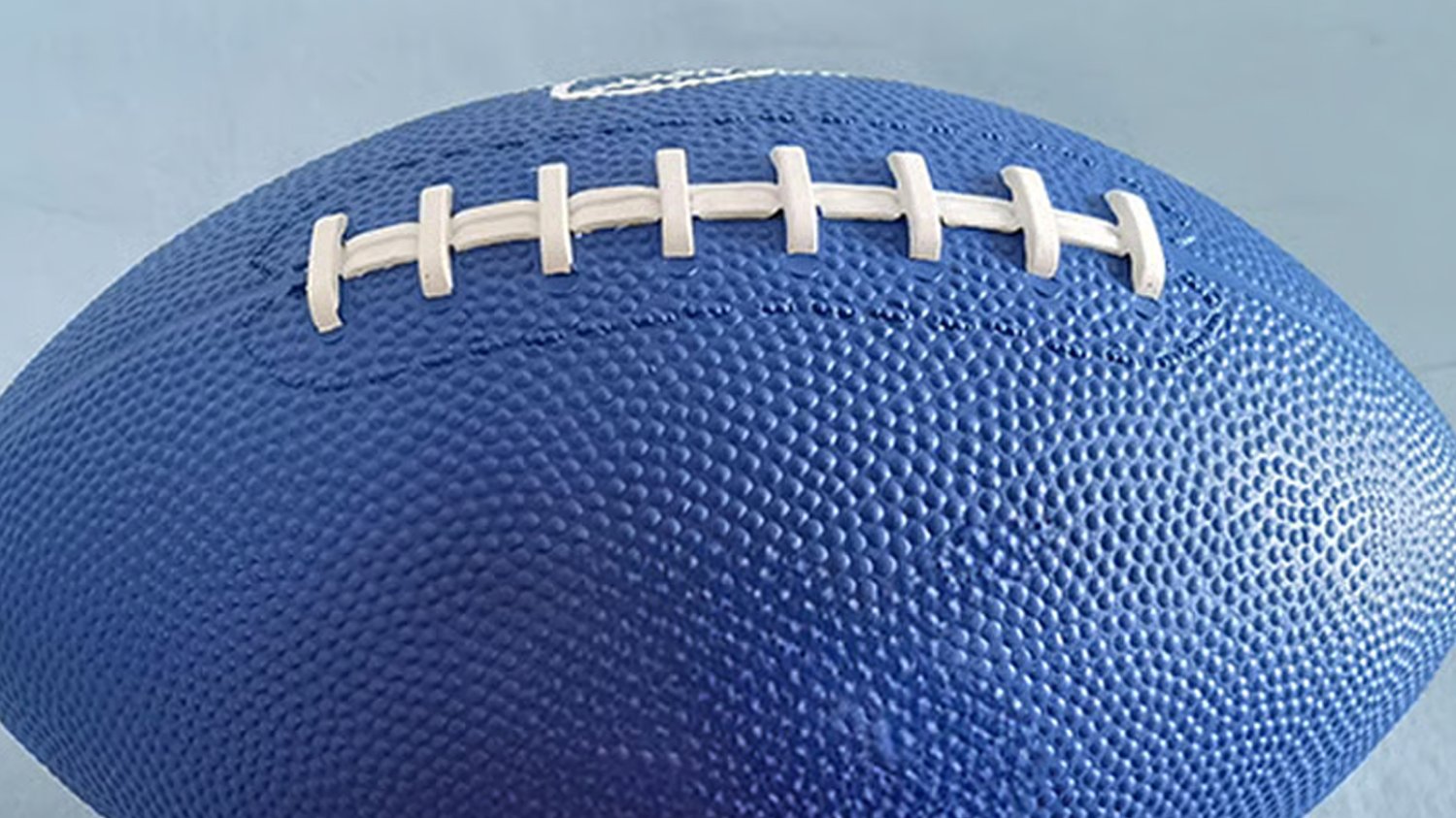What are Machine-Stitched Footballs?
Machine-stitched footballs are constructed by using a sewing machine to stitch together the panels of the ball, creating a durable and reliable playing surface. These footballs are widely used in both professional and amateur levels of the sport due to their consistency and quality.
The Importance of Seam Strength in Footballs
The seam strength of a football refers to the durability and integrity of the stitching that holds the panels together. Strong seams are crucial in ensuring that the ball maintains its shape and performance during play. Proper seam strength standards help prevent the ball from splitting or losing air, which can impact the game.
Industry Standards for Machine-Stitched Football Seam Strength
There are specific industry standards in place that govern the seam strength of machine-stitched footballs. These standards ensure that the stitching meets certain criteria in terms of thickness, tension, and quality. Manufacturers must adhere to these standards to produce reliable and safe footballs for players.
Testing Methods for Seam Strength
To determine whether a machine-stitched football meets the required seam strength standards, thorough testing methods are employed. These tests involve subjecting the ball to various pressures and forces to assess the durability of the seams. Manufacturers use this data to fine-tune their production processes and improve the overall quality of their footballs.
Factors Affecting Seam Strength
Several factors can impact the seam strength of a machine-stitched football. The type of materials used, the stitching technique, and the quality control measures implemented during manufacturing all play a role in determining the durability of the seams. Understanding these factors is essential for producing high-quality footballs.
Benefits of Meeting Seam Strength Standards
Complying with seam strength standards has numerous benefits for football manufacturers and players alike. It ensures that the footballs are safe to use, resistant to wear and tear, and capable of withstanding the rigors of competitive play. Meeting these standards also promotes consumer trust and confidence in the product.
Challenges in Maintaining Seam Strength
Despite advancements in technology and manufacturing processes, maintaining consistent seam strength in machine-stitched footballs can be challenging. Factors such as environmental conditions, production errors, and human error can all impact the quality of the seams. Manufacturers must continuously monitor and improve their processes to address these challenges.
Evolution of Seam Strength Standards
Over time, seam strength standards for machine-stitched footballs have evolved to reflect changes in technology and consumer expectations. Manufacturers are constantly innovating and experimenting with new materials and techniques to enhance the durability and performance of football seams. This ongoing evolution ensures that players have access to high-quality equipment.
Implications of Inadequate Seam Strength
Inadequate seam strength in machine-stitched footballs can have serious consequences for players and the game itself. Balls with weak seams are prone to splitting, leaking air, and becoming misshapen, which can affect the accuracy and fairness of play. It is essential for manufacturers to prioritize seam strength to maintain the integrity of the sport.
Future Trends in Seam Strength Technology
As technology continues to advance, the future of seam strength in machine-stitched footballs looks promising. Innovations in materials, manufacturing processes, and testing methods are poised to revolutionize the way footballs are produced and tested. The focus on seam strength will remain a key aspect of ensuring the quality and performance of football equipment.
Quote Inquiry
contact us

